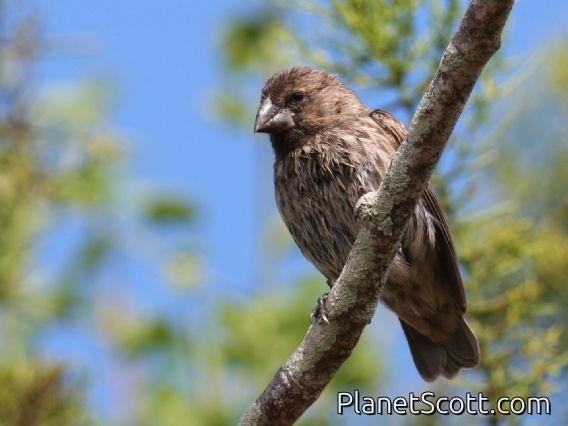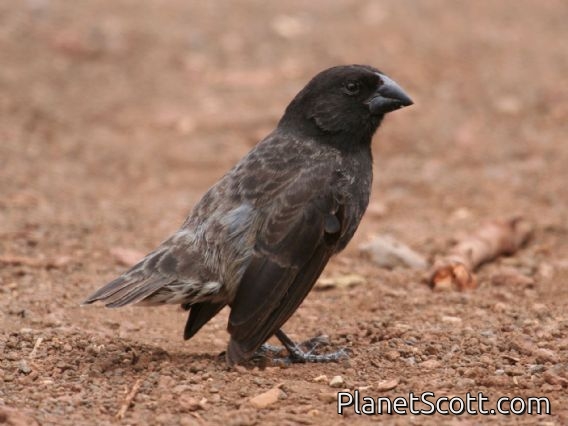Medium Ground-Finch (Geospiza fortis)

Medium Ground-Finch (Geospiza fortis) Female

Medium Ground-Finch (Geospiza fortis) Male


×



Medium Ground-Finch (Geospiza fortis) Female

Medium Ground-Finch (Geospiza fortis) Male
About Medium Ground-Finch (Geospiza fortis)
- Kingdom: Animals
- Phylum: Chordates
- Class: Birds
- Order: Perching Birds
- Family: Old World Buntings
The medium ground finch is a species of bird in the family Thraupidae. It is endemic to the Galápagos Islands. Its primary natural habitat is tropical shrubland. One of Darwin's finches, the species was the first which scientists have observed evolving in real-time.
Source: Wikipedia
Lifelists
Trips
Visits
-
-
2006-11-29
Isla Santa Cruz - Puerto Ayora, Ecuador



